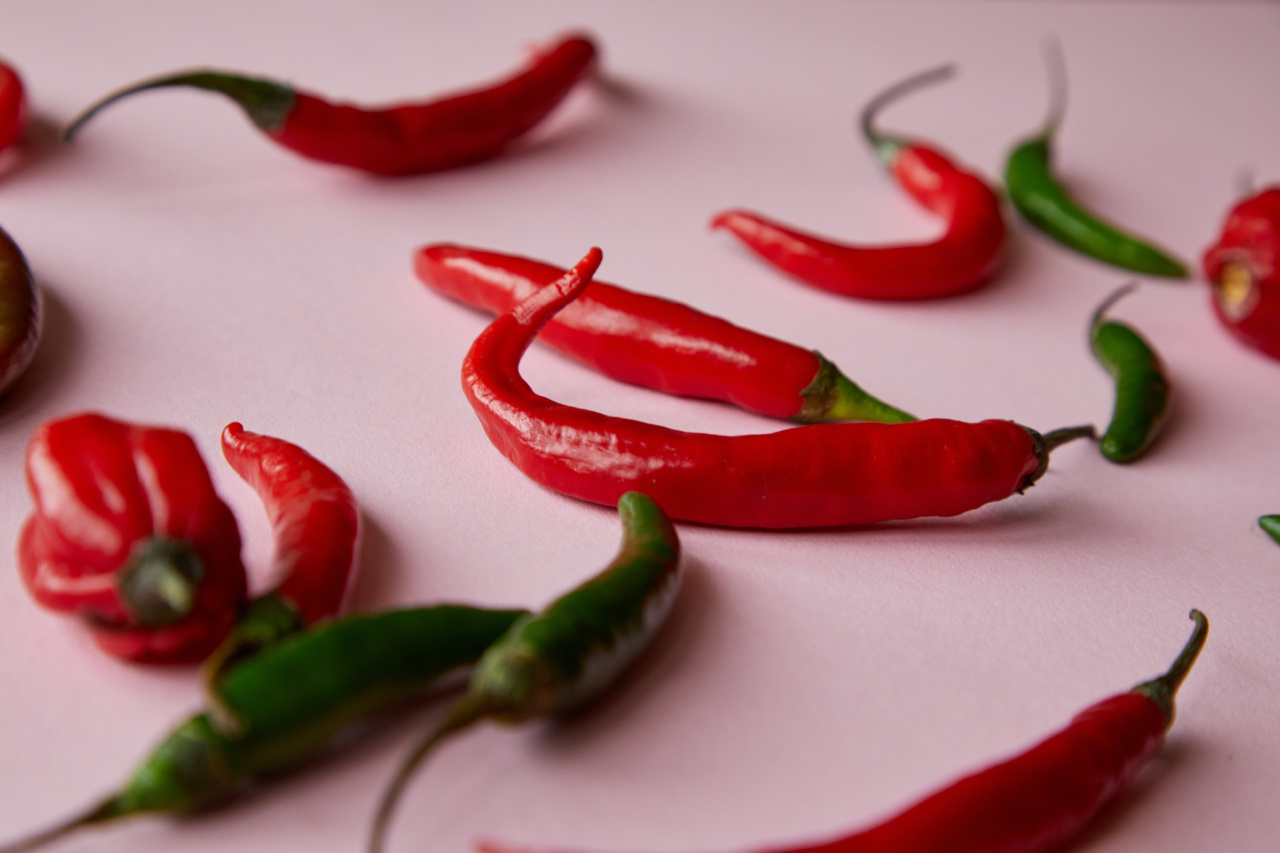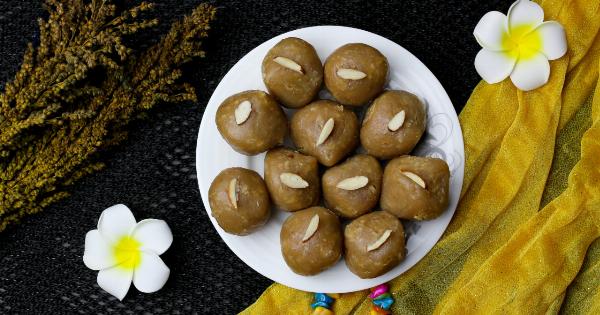Halva is a sweet commonly consumed in different parts of the world. It’s made from a combination of oil, sugar, and sesame seeds. However, the nutrition information of halva varies with the type of halva, its ingredients, and the country of origin.
In this article, we will be looking at differences in nutrition between three variations of halva.
1. Tahini Halva
Tahini halva, also known as sesame halva, is made from ground sesame seeds and glucose syrup. It is popular mainly in the Middle East, Greece, and Turkey. The nutrition value of a 100g serving of tahini halva are as follows:.
- Calories: 569kcal
- Fat: 39.3g
- Carbohydrates: 43.3g
- Protein: 13.3g
- Fiber: 5.3g
As we can see, tahini halva is high in calories and fat content. However, it has a decent amount of protein and fiber.
2. Sunflower Halva
Sunflower halva is often made by grinding sunflower seeds and adding sweeteners. It is popular in Eastern Europe, the Caucasus, and western Asia. The nutrition value of a 100g serving of sunflower halva are as follows:.
- Calories: 567kcal
- Fat: 45g
- Carbohydrates: 31g
- Protein: 13g
- Fiber: 5g
Sunflower halva has a similar calorie count to tahini halva, but it has more fat and less carbohydrates.
3. Flour Halva
Flour halva, also called semolina halva, is usually made by mixing roasted semolina with butter or oil and then adding sugar and various flavorings. It is commonly consumed in India, Asia, and the Levant region.
The nutrition value of a 100g serving of flour halva are as follows:.
- Calories: 463kcal
- Fat: 23.5g
- Carbohydrates: 59.3g
- Protein: 6.7g
- Fiber: 0.8g
Flour halva has less fat than the other two variations, but it is high in carbohydrates. It is also lower in calories, which is great for individuals that are watching their calorie intake.
Conclusion
The nutrition content of halva varies depending on the type of halva, its ingredients, and the country of origin. Tahini halva and sunflower halva are both high in fat and calories, while flour halva is less calorie-dense and lower in fat content.
Individuals that are looking to watch their calorie intake can opt for flour halva, while those that need a protein and fiber boost can consider tahini halva.































